Even though India's population surpassed China's in April, as reported by some media outlets, China's 1.4 billion people still account for almost one-fifth of the world's total population. Yet the arable land in China accounts for 9 percent of the global total and its fresh water resources just 6 percent.
The arable land each farming household in China works on is just one-fortieth that in the European Union and one-four hundredth that of the United States. As China depends on these limited resources to feed its huge population, grain is of utmost importance to the country and it is not for nothing that the first document the central leadership issues every year is on agriculture.
The scarcity of arable land in the country is also why the central leadership always attaches great importance to keeping the total area of arable land above the redline of 1.8 billion mu (120 million hectares). For 19 consecutive years, domestic grain production in China has been increasing and the total annual production has always stayed above 650 million metric tons, proving the effectiveness of the redline policy.
The amount of arable land was declining until the trend was reversed in 2021. Over 1,300 million mu was added in 2022, which will help ensure a stable grain supply in the coming years.
However, challenges remain. For too long, some have been advocating the cancellation of the 1.8 billion mu redline and developing the land for other use, which is a rather impractical suggestion considering the huge amount of grain Chinese people need and the uncertainties in the global food supply chains the world faces today.
China relying on external sources for its grain needs is an extremely foolish idea. There should be a consensus that Chinese people's bowl must be held firmly in its people's own hands.
Sunday marked the 33rd National Land Day of China and the theme for this year was to "Save and intensively use land, defend the arable land redline". Unless anybody wants to suffer hunger, that consensus must be strengthened.








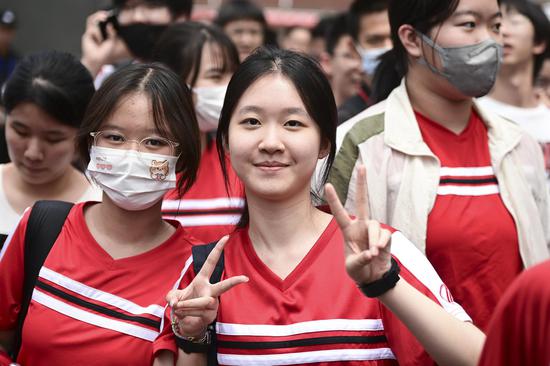
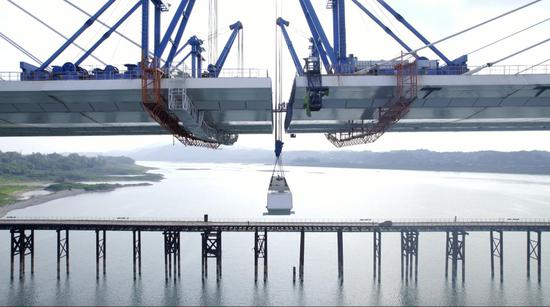
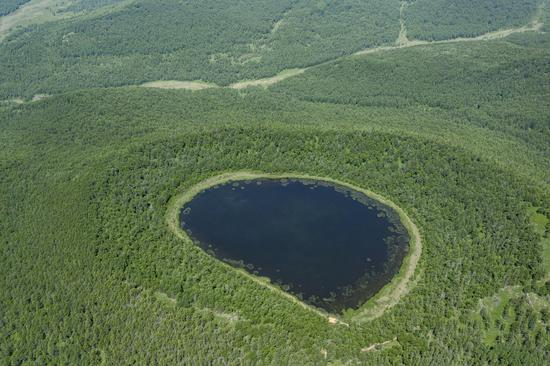

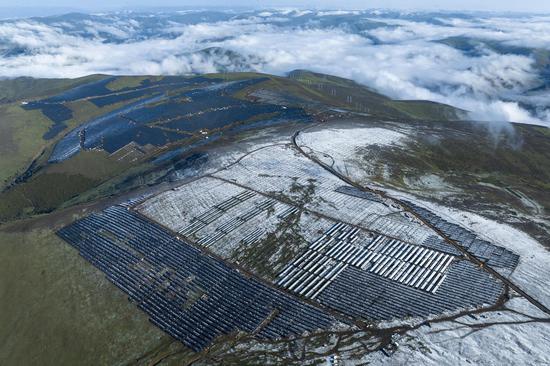











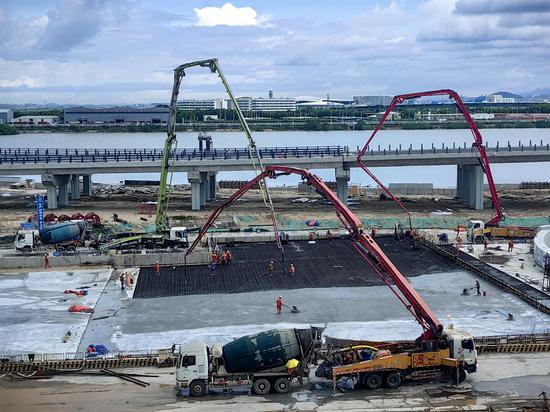


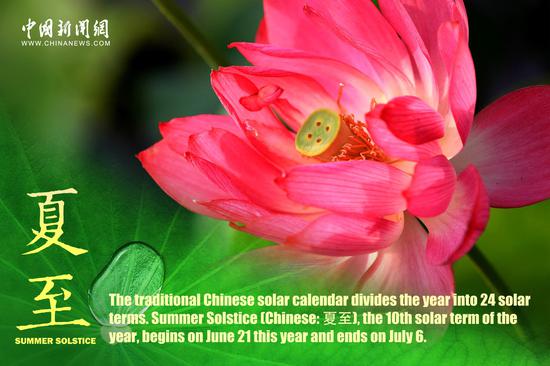



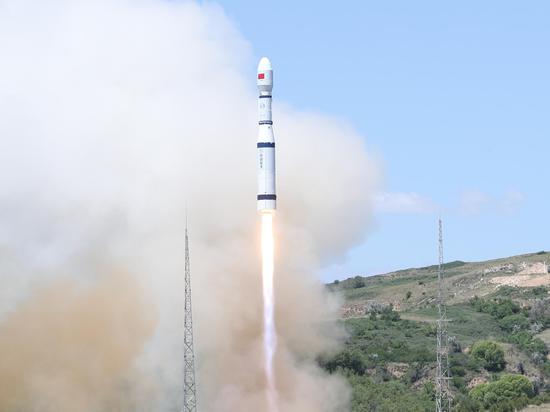



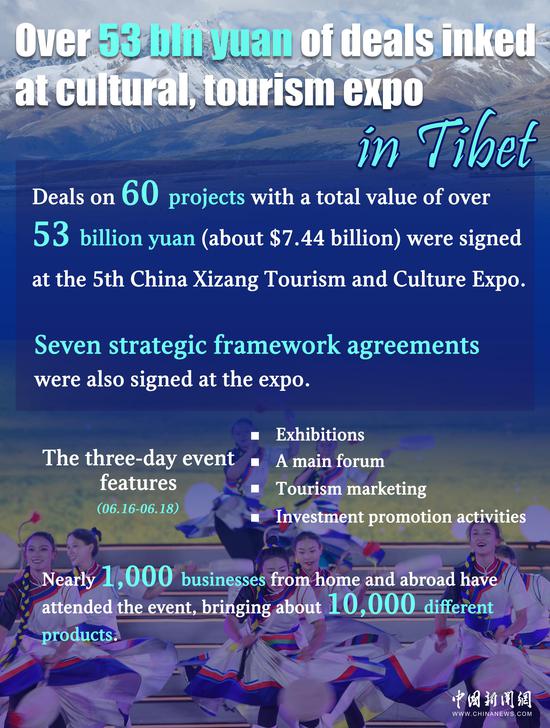




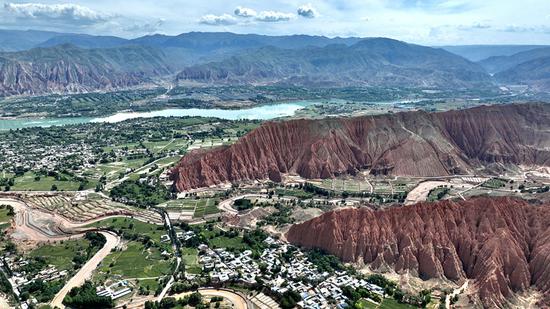


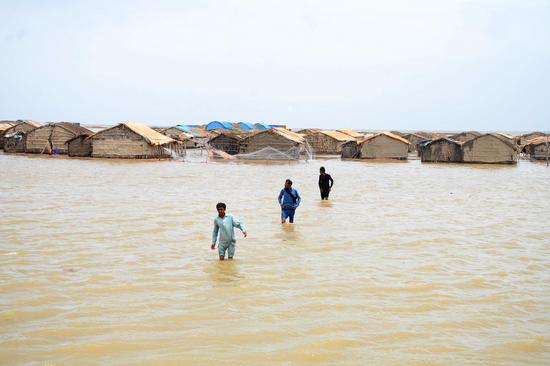






 京公网安备 11010202009201号
京公网安备 11010202009201号